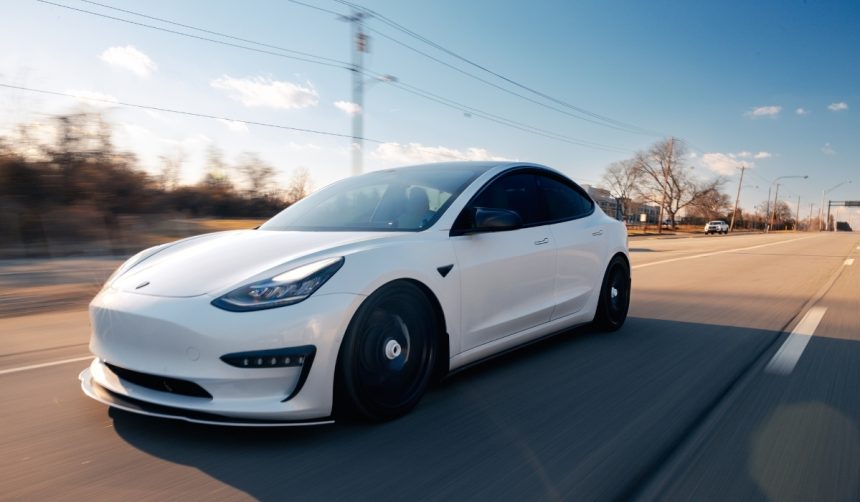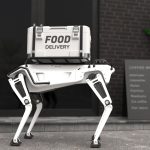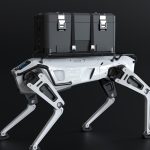Tesla‘s latest vehicle safety report draws attention once more to the company’s Autopilot and Full Self Driving (FSD) systems, which have become focal points in ongoing debates about automotive safety. As discussions around advanced driver assistance technologies intensify, Tesla has published detailed statistics on crash frequency to contextualize the performance of its proprietary features. Public interest continues to grow not just in the frequency and severity of Tesla-related accidents, but also in how Tesla’s data stacks up against broader industry benchmarks. This reporting period comes at a time when both regulatory bodies and consumers scrutinize claims about assisted driving safety, raising questions about the balance of technology versus human control on the road.
Tesla’s previous quarterly safety updates revealed steady improvements, but those figures attracted skepticism regarding data transparency and study methodology from some analysts. Previous media coverage often focused on incidents involving Autopilot malfunctions or accidents, occasionally highlighting user errors or misuse of the systems. The newly released Q2 2025 report presents more comprehensive mileage and crash data, suggesting a refinement in record-keeping practices and an apparent upward trend in safety metrics for Autopilot and FSD as compared to baseline U.S. traffic data.
How Does Tesla’s Crash Rate Compare to National Statistics?
According to Tesla, vehicles utilizing Autopilot were involved in one crash every 6.69 million miles during Q2 2025. By contrast, drivers without Autopilot engaged experienced one crash approximately every 963,000 miles. For context, the U.S. National Highway Traffic Safety Administration (NHTSA) and Federal Highway Administration (FHWA) reported an average of one automobile crash every 702,000 miles during 2023. These figures suggest that the combination of Tesla Autopilot and FSD features results in a lower crash rate compared to non-assisted driving, both within Tesla’s fleet and across national averages.
What Role Does Full Self Driving (FSD) Play in Safety?
Tesla highlights Full Self Driving as a critical safety asset, pointing to its ability to perform driving tasks with reduced risk of human error. CEO Elon Musk has often stressed the system’s protective value, particularly in structured programs like the ongoing Robotaxi pilot in Austin. During trials, customers have described their experience as comparable to riding with a measured and competent driver. The company emphasizes that FSD supervision removes common risk factors such as fatigue, distractions, or impaired driving, which can negatively affect human drivers.
Will Automated Driving Change Risk Factors?
Automated driving technologies may reshape existing road safety patterns by eliminating behaviors that contribute to accidents, such as drowsiness and intoxication. Tesla maintains that consistent performance from FSD and Autopilot, without emotional or physical lapses, can mitigate many everyday hazards on the road. By systematically monitoring and managing driving tasks, the technology alters the equation of risk management for drivers who choose to rely on it. This approach is currently being observed in select markets with controlled pilot programs, and the company continues to expand these initiatives.
“In the 2nd quarter, we recorded one crash for every 6.69 million miles driven in which drivers were using Autopilot technology.”
Real-world use of Tesla’s Autopilot and FSD, especially in structured environments like Austin’s Robotaxi rollout, is feeding a growing data pool. As these trials progress, Tesla and regulators are likely to refine their assessments of advanced driver assistance system reliability and safety impact. There has also been increased focus on the transparency and independence of published safety statistics, particularly given the rising number of vehicles using similar autonomous features from rival manufacturers.
Evaluating the data released by Tesla alongside input from safety authorities, it appears that Autopilot and FSD may offer measurable benefits in crash reduction when properly engaged. Understanding the conditions under which these systems perform best remains important, as misuse or overreliance can undermine intended improvements in safety. For consumers, these findings highlight the potential for advanced assistance technologies to lower risk in controlled scenarios, while also suggesting the necessity for critical evaluation of system limits. Ongoing scrutiny and third-party verification will remain essential to establishing confidence in the reported results and in drawing meaningful conclusions about the broader adoption of autonomous driving features in passenger vehicles.










